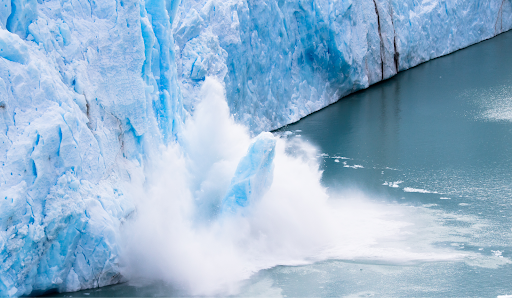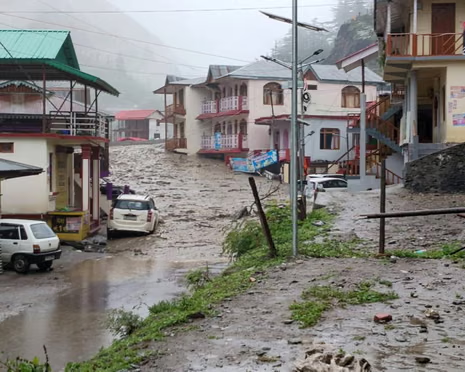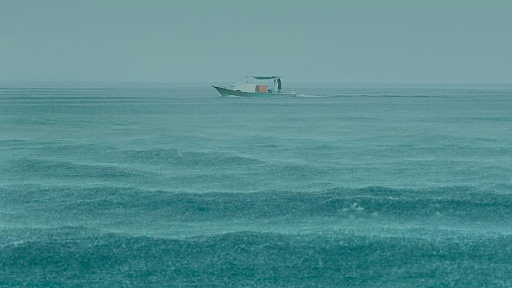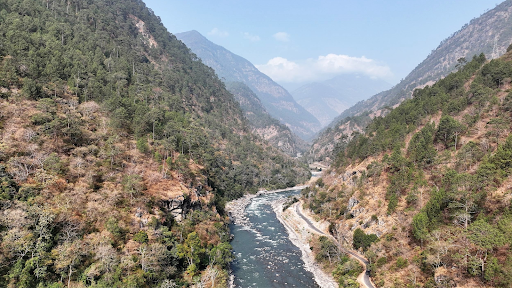Description
Context: December 21, is Winter Solstice, the shortest day of the year in the Northern Hemisphere.
- In the Southern Hemisphere, conversely, it is Summer Solstice — in places like Australia, New Zealand and South Africa, therefore, December 21 is the year’s longest day.
- This situation will be reversed six months from now — on June 21, 2021, the Northern Hemisphere will see the Summer Solstice when the day will be the year’s longest. And the Southern Hemisphere will see the year’s shortest day — or longest night.
Why are the hours of daylight not the same every day?
- The explanation lies in Earth’s tilt. And it’s not just the Earth — every planet in the Solar System is tilted relative to their orbits, all at different angles.
- The Earth’s axis of rotation is tilted at an angle of 23.5° to its orbital plane.
- This tilt — combined with factors such as Earth’s spin and orbit — leads to variations in the duration of sunlight that any location on the planet receives on different days of the year.
- The Northern Hemisphere spends half the year tilted in the direction of the Sun, getting direct sunlight during long summer days.
- During the other half of the year, it tilts away from the Sun, and the days are shorter.
- Winter Solstice, December 21, is the day when the North Pole is most tilted away from the Sun.
- The tilt is also responsible for the different seasons that we see on Earth.
- The side facing the Sun experiences day, which changes to night as Earth continues to spin on its axis.

- On the Equator, day and night are equal.
- The closer one moves towards the poles, the more extreme the variation.
- During summer in either hemisphere, that pole is tilted towards the Sun and the polar region receives 24 hours of daylight for months. Likewise, during winter, the region is in total darkness for months.
- The Earth’s tilt helps define some familiar imaginary lines, which are also key to determining when a Solstice occurs. These are latitudes, which are a measure of a location’s distance from the Equator.
- At latitudes of 23.5° (matching the tilt) are the Tropics of Cancer and Capricorn, north and south of the Equator. At 66.5° (or 90° minus 23.5°) are the Arctic and Antarctic Circles, to the north and south. It is at latitudes higher than 66.5° (in either direction) that days of constant darkness or light occur.
https://indianexpress.com/article/explained/explained-what-is-the-winter-solstice-which-made-dec-21-the-shortest-day-of-the-year-7113787/














